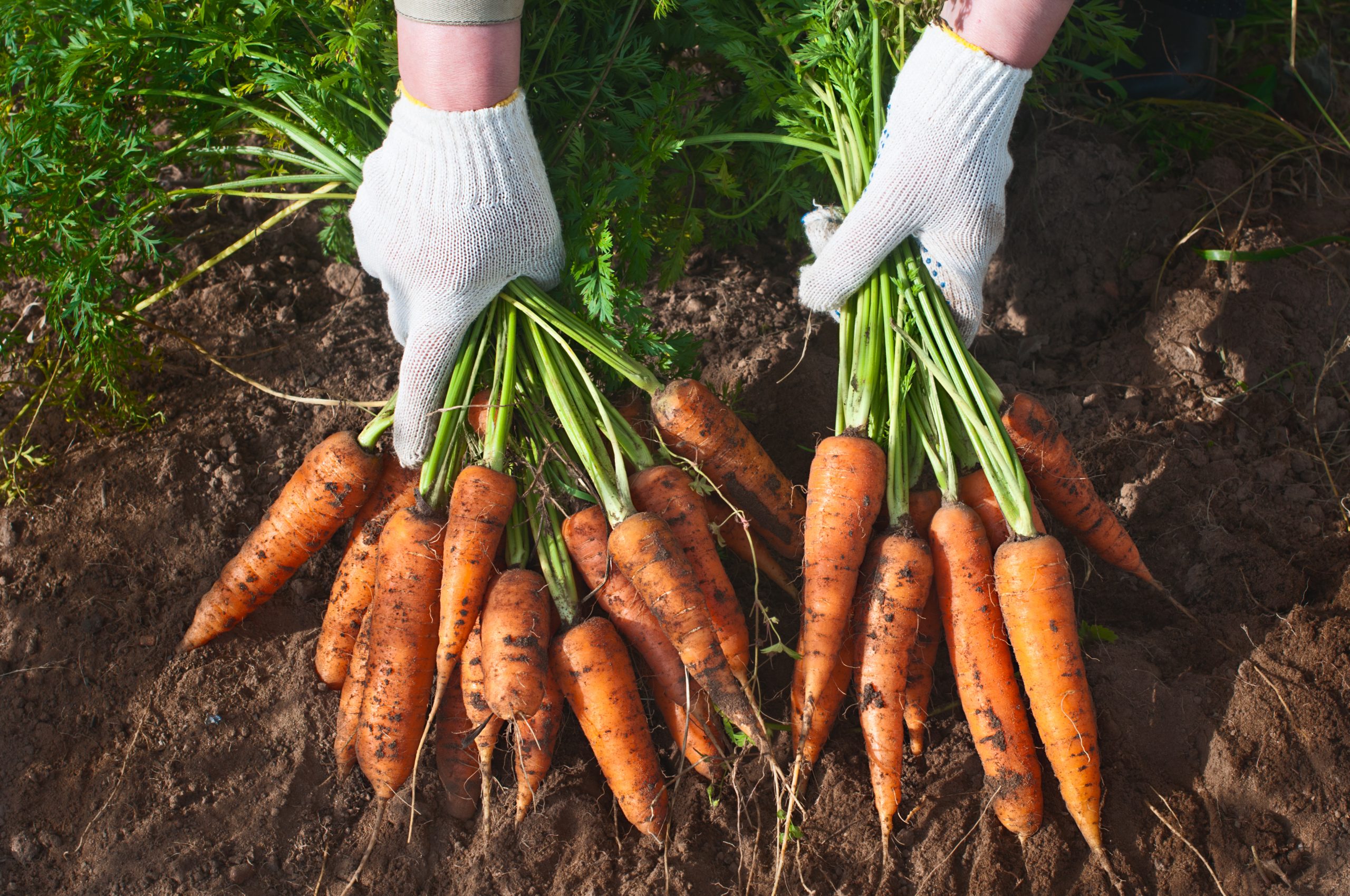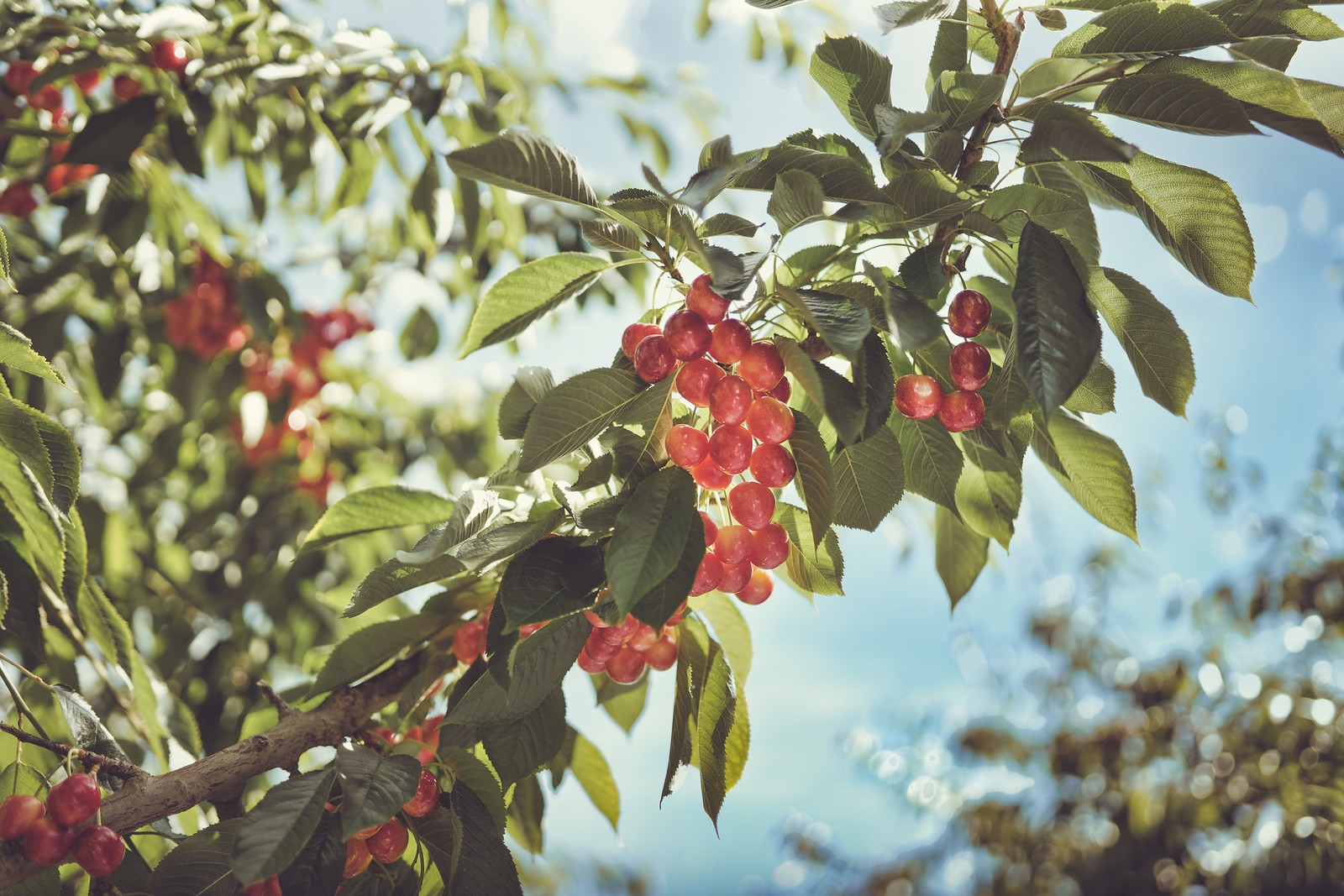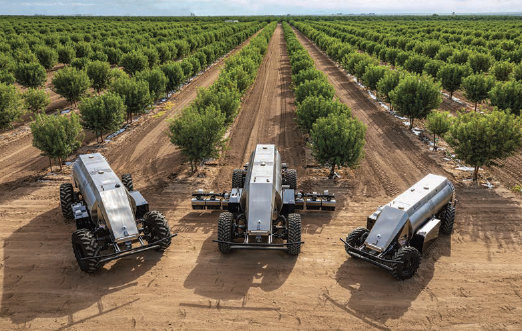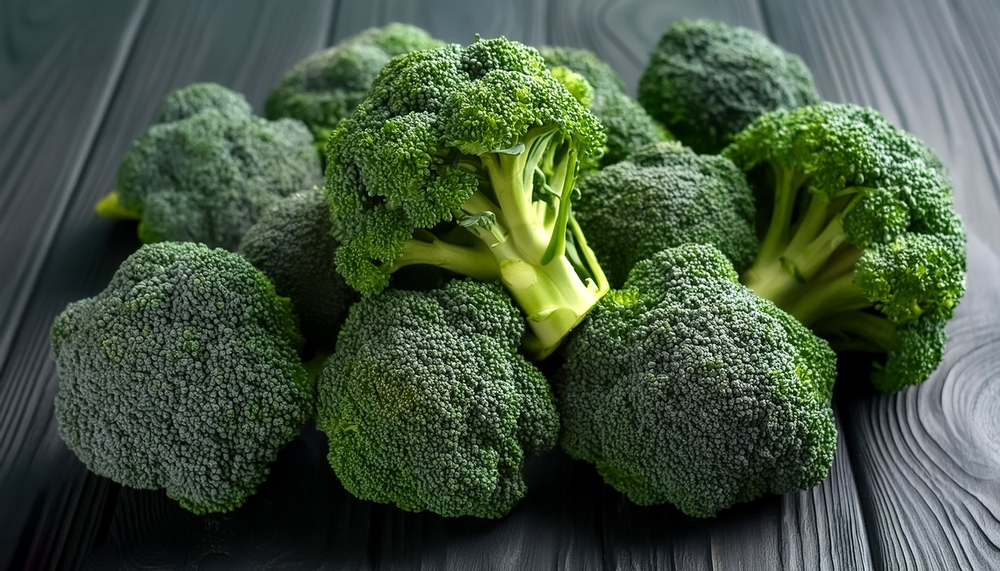Welcome to Blue Book!
Are you ready to join the thousands of companies who rely on Blue Book to drive smarter decisions? View our plans and get started today!
Still have questions? We’d love to show you what Blue Book can do for you. Drop us a line– we’ve been waiting for you.

Carrot production around the world has been trending upward for the last several years. Fortunately, consumption is up as well: in the United States, for example, per capita fresh carrot consumption is up to about 10 pounds per year.
When it comes to worldwide production, China is the global leader, accounting for more than 40 percent. It is also the world’s top exporter of carrots, with Belgium and Germany as the top importers.
Other major carrot producers include Uzbekistan, Russia, the United States, Poland, and the United Kingdom. The United States exports its carrots to countries near and far, and as organic production ramps up, there’s the potential for even more carrot exports, especially to Asia and South America.
As a popular member of the Apiaceae or Umbelliferae family of flowering plants, which also includes celery and cilantro, carrots are a biennial root vegetable with a two-year life cycle.
The vegetable likely originated in Asia and is a relative of wild-growing Queen Anne’s Lace plants, according to researchers at the U.S Department of Agriculture (USDA). Carrots thrive in subtropical and temperate climates, which is why California is such a significant source, accounting for about 85 percent of domestic production.
For 2023, California’s production was valued at $1.67 billion as reported by the California Department of Food and Agriculture.
Production Notes
With four main carrot growing regions, the Golden State cultivates and ships throughout the year. Other major U.S. growing regions include Texas and Michigan.
David Bright, vice president of marketing with Bakersfield, CA-based Grimmway Farms BB #:112956, a longtime grower and exporter, notes the importance of crop rotation with other vegetables, since carrots can only be grown in a field once every three years.
“Growers of all products contend with a list of challenges that change daily, seasonally, and annually,” he explains. “Grimmway Farms seeks to mitigate external risks by farming in many regions throughout the United States. This diversification helps provide year-round surety of supply of the highest quality carrots and organic vegetables.
“Further, this can reduce the number of miles our product must travel to reach our customers during certain times of the year, which results in lower costs and fresher product.”
Among the pests affecting carrot production are root-knot nematodes, caterpillars, worms, and weevils. A bigger issue in California and Texas has been drought, since carrot plants need ample irrigation.
Yet despite hardships related to weather, pests, disease, and even economic and geopolitical disruptions, which Bright believes are likely to continue the next two years, he says carrot farmers remain optimists and manage their businesses accordingly.
“While orange carrots are dominant across all channels, the homogenous orange color on display at retail veils the multiple cultivars necessary to produce the array of carrot products available to shoppers.”
Colorful Varieties
Harking back to their Central Asian roots, carrots were originally colored yellow or purple about 1,200 years ago. After they caught on as an edible vegetable and began to be cultivated in Europe in the 1500s and 1600s, orange carrots became the norm.
These sturdy, orange carrots were then brought to the Americas. Purple and yellow carrots, however, continue to be common in some parts of the world, while white and red carrots were developed over the years.
Thanks to consumer interest in heirloom vegetables and the touted dietary benefits of eating a variety of colorful vegetables, there’s interest in a broad range of carrot colors. The organics market is also a key driver of new varieties and colors.
“While orange carrots are dominant across all channels, the homogenous orange color on display at retail veils the multiple cultivars necessary to produce the array of carrot products available to shoppers,” notes Bright.
The most well-known carrot varieties are Imperator, Nantes, Danvers, and Chantenay. Among the lesser known varieties are Thumbelina, Babette, Mokum, Purple Dragon, Royal White, and Canada Gold.
Despite the novelty of colors, varieties are planted due to multiple factors according to Bright. “Specific carrot varieties are selected to thrive based upon the unique soil, weather, disease risk, and other characteristics of the field where the seeds will be planted.”
Birth of a Category
Carrots gained far more popularity in the late 1980s, in 1986, following the introduction of so-called “baby” carrots. These small, irresistible versions of standard carrots were originally culls, carrots that wouldn’t make it to market for various reasons.
Today, they are harvested when immature, peeled, cut, polished, bagged, and marketed as petite or baby carrots. They’ve been the fastest-growing niche of the carrot industry since the 1990s and continue to be sought-after in supermarkets for their ease of use and nutritional value.
According to Bright, “Carrots of several other colors besides orange are grown to be packaged in bunches and bags or processed into baby carrots, chips, or shreds. These products bring a splash of color as a side dish, snack, salad, or part of a vegetable platter.”
Citing Circana, Bright says U.S. retail sales of fresh carrots over the last 52 weeks totaled more than $1.5 billion, placing them among the top 8 vegetable commodities sold nationwide.
Carrots are also a frequently advertised item for retailers, often making the top 10 vegetables list in the USDA’s National Retail Report. This is true for both conventional and organic carrots, though price is often a factor.
Negatives and Positives
Rising prices for carrots is part of the overall inflationary trend across the country. Bud Crow, co-owner of broker and distributor Veg-Pro, Inc. BB #:137642 in Grant, MI, finds it troubling, especially for one of the world’s oldest cultivated vegetables.
He says the seemingly ever-increasing prices for growing carrots and other vegetables, and transporting them, is an ongoing challenge. Prices for fuel, fertilizer, and electricity have all gone up, and while he acknowledges inflation was on a downtrend, he stresses that prices are only coming down from very elevated levels.
High operating costs also make it more difficult for those who would like to handle organic carrots, given the difficult process for smaller companies to get certified to sell organic produce. The good news is even with carrot prices up, they remain an immensely popular snacking option.
“Ever-changing global markets, new production and research technologies, climate change, and a growing human population will drive the need for even more research to include carrots as a part of sustaining a secure food supply in the future.”
There are many ways to enjoy carrots, from standard varieties in bags or bulk to a multitude of value-added products for baby, sliced, or shredded carrots. There are savory dips and platters with a variety of vegetables.
Better yet, according to Philipp Simon, who leads the USDA’s Vegetables Crops Research Unit in Madison, WI, today’s carrots are 45 percent richer in nutrient than in the 1970s due to new varieties and breeding.
In an interview with the USDA Agricultural Research Service’s Under the Microscope series, Simon notes, “Having said that, there continue to be almost unlimited possibilities to further improve the crop. Both for the grower to reduce production inputs and increase farm value and for the consumer to develop new carrot uses and products, nutritional value, and convenience.
“Ever-changing global markets, new production and research technologies, climate change, and a growing human population will drive the need for even more research to include carrots as a part of sustaining a secure food supply in the future.”
Output and Supply Levels
Despite better-for-you varieties and a plethora of options, carrots are not immune to the challenges faced by other fruit and vegetable production, including weather extremes from climate change. Temperatures are climbing in many regions along with less rain causing drought conditions. Other areas face the opposite.
And while it’s true carrot consumption is up, other fruits and vegetables have suffered. Crow, for one, believes there will always be demand for carrots and is concerned about fluctuating supply levels.
When supply is too high, growers take a price hit, but when supply is scarce, prices soar and make carrots too expensive for some consumers. Recently, he recalls carrots from Georgia and California were sold at a discount because there was too much supply.
“There’s a chance there’s going to be a shortage this year,” he mentions, due to availability in Canada. “Canada may run out early because they had problems with early rains.” He’s not sure how it will play out but says, ultimately, “Mother Nature will dictate that.”
This article was originally published in the January/February 2025 edition.








